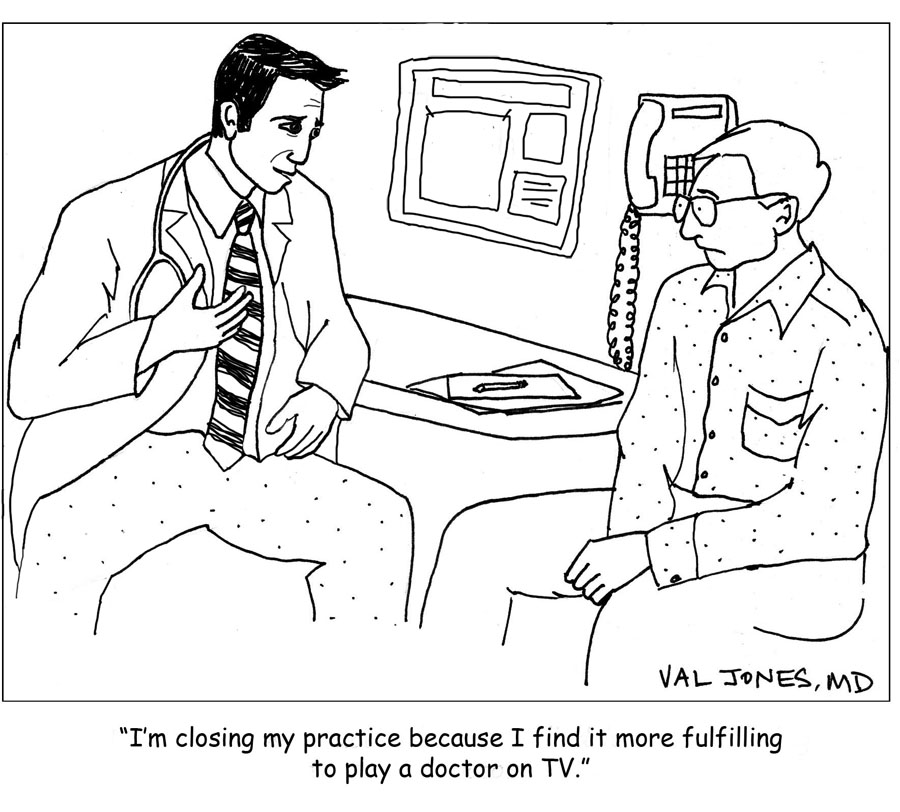Book Review: Don’t Be Such A Scientist: Talking Substance In An Age Of Style
Preamble
I’ll never forget the day when I argued for protecting parents against misleading and false information about the treatment of autism. I was working at a large consumer health organization whose mission was to “empower patients with accurate information” so that they could take control of their health. My opposition was himself a physician who requested that our organization publish an article that advised parents of children with autism to seek out DAN! practitioners and chelation therapy.
I prepared my remarks with the utmost care and delivered them to a committee of our lay executives. I cited examples of children who had died during chelation treatments, explained exactly why there was no evidence that chelation therapy could improve the symptoms of autism and in fact was based on the false premise that “heavy metals” in vaccines were implicated in the etiology of the disease. I concluded that it would be irresponsible for the company to publish such misleading advice/information for parents, and would in fact be counter to our entire mission.
My physician opponent suggested that it was our company’s duty to inform parents of all their options, that we should not be judgmental about treatments, and that I was part of a paternalistic medical establishment that tried to silence creative thinking.
The committee ended up siding with my opponent. I was flabbergasted and asked one of the committee members what on earth they were thinking. She simply shrugged and said that my opponent was more likable than I was.
This experience marked the beginning of my journey towards fighting fire with fire – understanding that being right is not the same as being influential, and that “winning” an argument (where lives are on the line) requires a different skill set than I learned in my scientific training.
Book Review
And so it was with great interest that I picked up Randy Olson’s book, Don’t Be Such A Scientist: Talking Substance In An Age Of Style. I was pleased to see that other scientists had experienced the same revelation – that we need to be more communication-savvy to become more societally-influential.
Olson’s book outline is simple: four “don’ts” and one “do.” Don’t be so cerebral, literal-minded, poor at telling stories, or unlikeable. Do be the voice of science. He begins his book with a captivating story: a marine biologist goes to Hollywood and is shredded by an acting teacher for being incapable of raw emotion. Most scientists will get a good chuckle out of this narrative and will relate to Olson’s culture shock.
As the book winds along, the reader is introduced to a series of the author’s former girlfriends. He reminisces:
She would listen to me talk and talk and talk to the old folks and finally, by the end of the day, she would have had enough. So her favorite thing to do in the evening was, when I was done talking, to look deeply, romantically, lovingly into my eyes and say in a soft and seductive Germanic voice… “You bore me.”… p.82
Another girlfriend developed an affectionate nickname for me, “Chief Longwind,” which she would abbreviate when I’d get going on something and just say, “That’s enough for tonight, Chief.” p.83
Unfortunately, as these ladies noted, Olson’s strong suit is not compelling dialog – a tragic irony for a book written to inspire more effective science communication. Nonetheless, since scientists are rarely deterred by boredom, I think that there are some conceptual gems worth unearthing.
These are my top 5 take-home messages:
1. Communicate in a human way – be humorous, tell stories, don’t feel as if you have to present all the details. The goal is to get people curious enough to ask more questions.
2. Broad audiences prefer style over substance – learn to be bilingual (to speak with academics versus a general audience).
3. Marketing is critical for influence. The creators of Napoleon Dynamite spent a few hundred thousand dollars on production and $10 million on advertising/marketing. The movie grossed $50 million. Scientists who wish to be influential (or get their message across broadly) must bow the knee to the marketing gods.
4. Some people are naturally good communicators, others are not. Find the good ones and make them spokespeople. “The strongest voice is that of a single individual.” p. 166
5. Likability trumps everything. People make snap judgments about whether or not they like you, and your message’s impact is dependent upon your likability factor. Likability is related to humor, emotion, and passion. p. 148
And so, Don’t Be Such A Scientist offers some great food for thought – and I suppose if it hadn’t been written by a scientist it might also have been a more engaging read! But who am I to say, I’m still trying to bend my mind around the idea that Americans don’t care about facts.
















